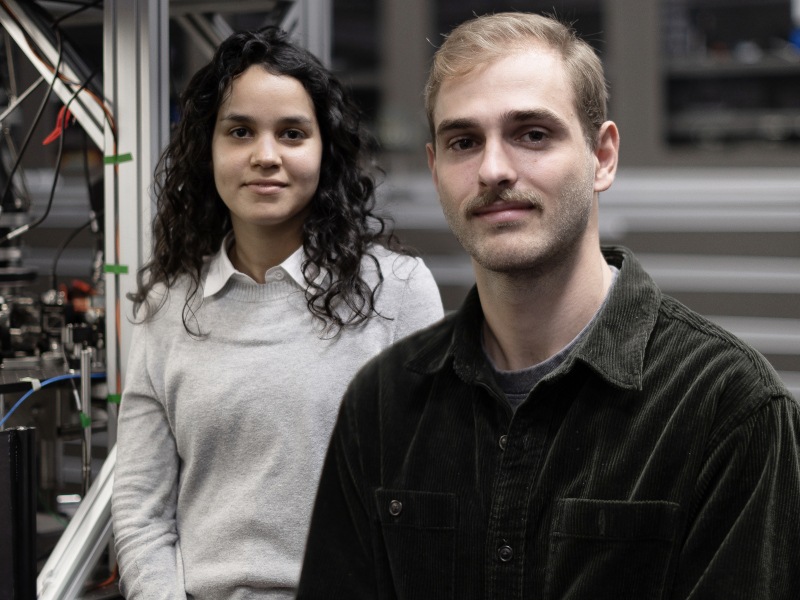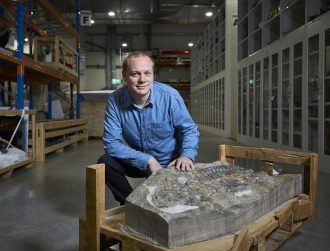
Image: © agsandrew/Stock.adobe.com
Researchers at the University of Sydney used a quantum computer to slow down a superfast chemical process to gain insights into fundamental interactions in and between molecules.
Researchers at the University of Sydney have used a quantum computer to observe a critical chemical process by slowing it down by a factor of 100bn times.
Using the quantum device, the research team were able to engineer and directly observe the interference pattern of a single atom caused by a common geometric process in chemistry called a ‘conical intersection’.
As noted in the study just published in Nature Chemistry, “conical intersections are ubiquitous in chemistry and physics, often governing processes such as light harvesting, vision, photocatalysis and chemical reactivity”.
In a very basic way, a conical intersection can be thought of as a door through which a molecule is efficiently funnelled to transfer from a higher to a lower energy electronic state.
Until now, it has not been possible to directly observe these processes because they occur in extremely rapid timescales.
Vanessa Olaya Agudelo, a PhD researcher who is co-lead author of the paper, explained that “the whole process is over within femtoseconds. That’s a billionth of a millionth (or one quadrillionth) of a second.”

PhD researcher Vanessa Olaya Agudelo and Dr Christophe Valahu. Image: Stefanie Zingsheim
To solve this issue, chemists and physicists teamed up to create an experiment using a trapped-ion quantum computer in a completely new way.
“It is by understanding these basic processes inside and between molecules that we can open up a new world of possibilities in materials science, drug design or solar energy harvesting,” Olaya Agudelo said.
“It could also help improve other processes that rely on molecules interacting with light, such as how smog is created or how the ozone layer is damaged.”
According to co-lead author of the study Dr Christophe Valahu: “Our experiment wasn’t a digital approximation of the process – this was a direct analogue observation of the quantum dynamics unfolding at a speed we could observe.”
Their results confirm predictions about conical intersections in photochemistry.
Dr Ting Rei Tan led the experimental effort at Prof Michael Biercuk’s Quantum Control Laboratory. He welcomed the “fantastic collaboration” between chemistry theorists and experimental quantum physicists “to tackle a long-standing problem in chemistry”.
Quantum making research waves
Advances in quantum computing are leading to huge breakthroughs in chemistry and many other fields. Earlier this month, researchers at the University of Chicago claimed to have observed the phenomenon known as “quantum superchemistry”, whereby particles in the same quantum state exhibit accelerated chemical reactions. The US researchers said this concept has been theorised for decades but had not been previously observed.
In April, researchers in Sweden successfully used a quantum computer to solve simple chemistry problems, as a proof-of-concept for more advanced calculations.
10 things you need to know direct to your inbox every weekday. Sign up for the Daily Brief, Silicon Republic’s digest of essential sci-tech news.






